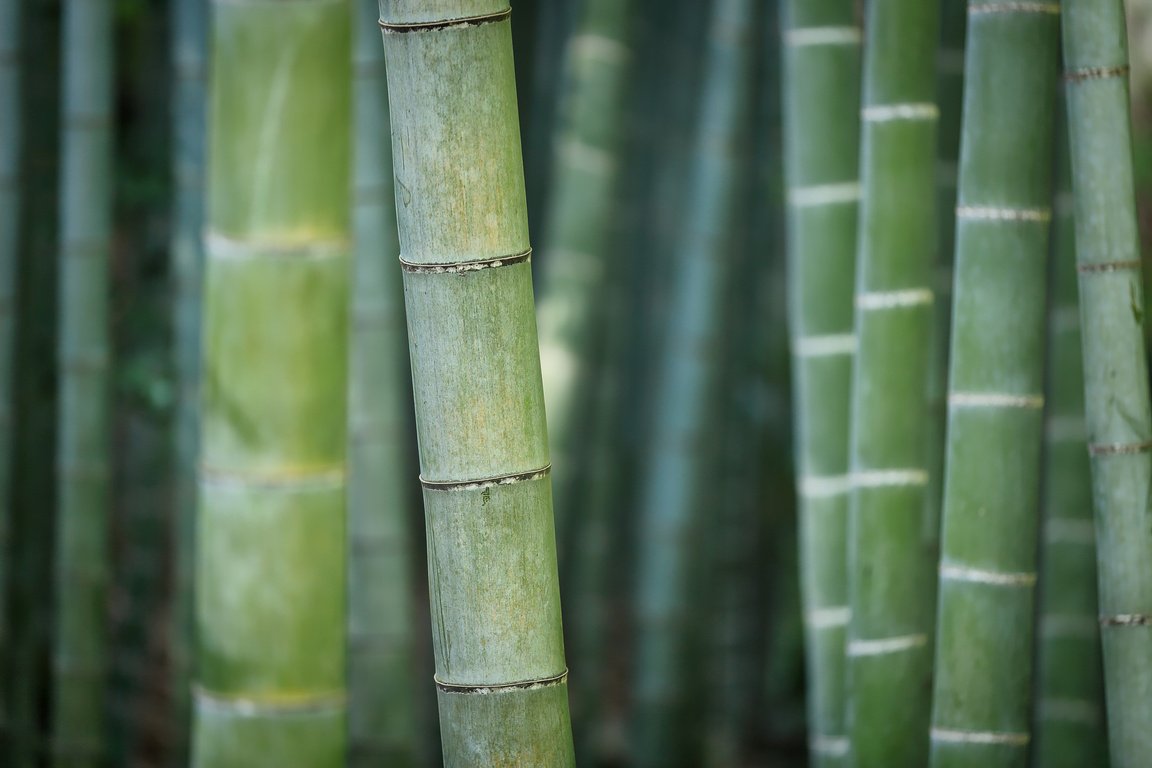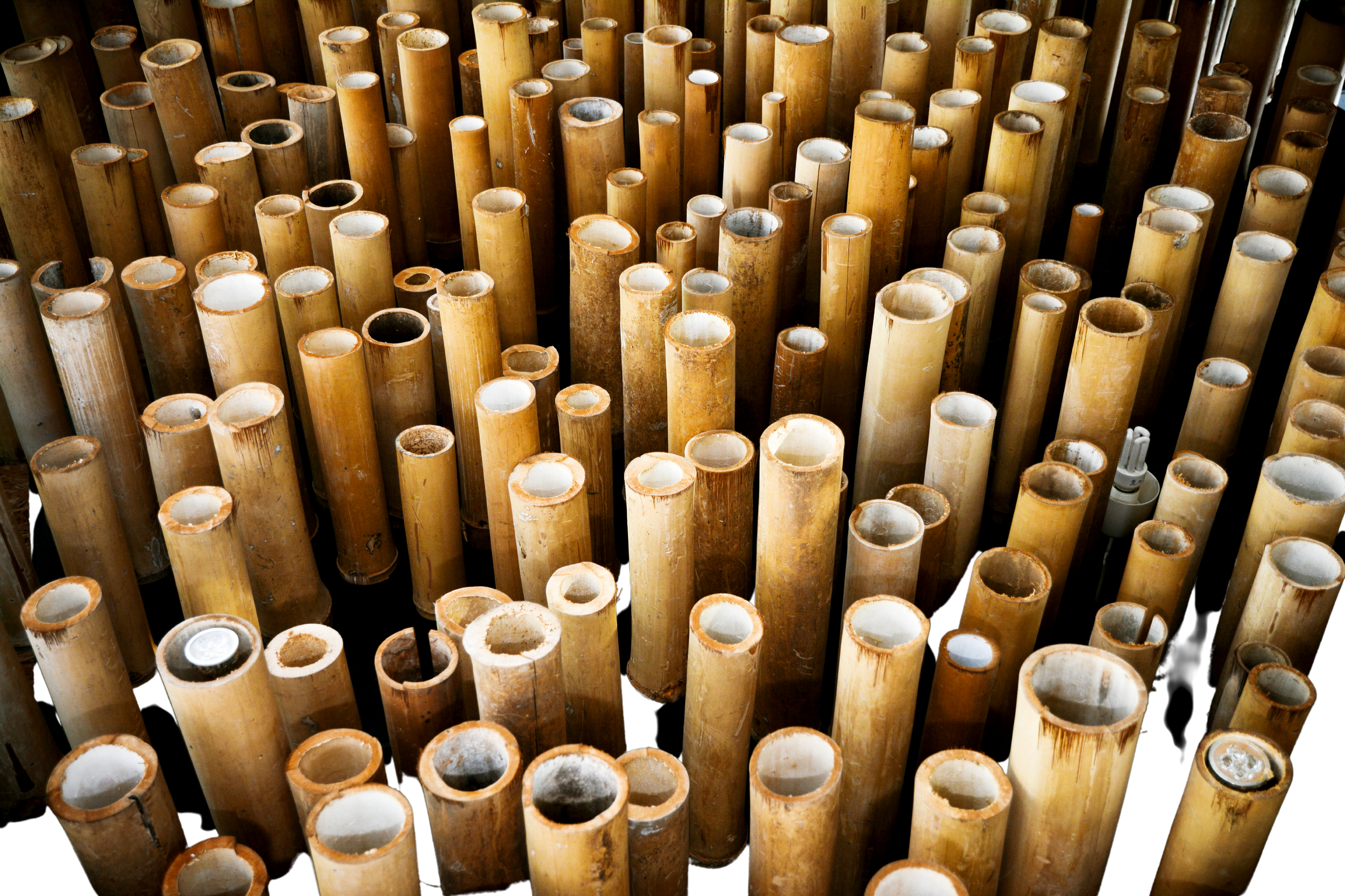Magnesium Oxide (MgO)
one of the most abundant natural minerals on Earth. Its often found in crustal rocks or derived from deep salt beds.
It has many great qualities that support our health and our environment:
magnesium is one of the main micronutrients essential for proper function of the body. It supports healthy bones, regulates blood pressure, nerve & muscle function, blood sugar levels, improves sleep & has many other health benefits for our bodies.
It is also a sustainable material for our earth. MGO can be used for soil remediation, waste water treatment & reducing air emissions.
By mixing Magnesium Oxide (MGO) with Magnesium sulfate (MgSo4), also known as epsom salt, you will create a strong, non-toxic natural binder for building. The MGO + MgSo4 binder can then be mixed with organic aggregates like bamboo, hemp, sunflower stalks, hardwood waste, and more to achieve most any natural building design.
The use of Magnesium Oxide (MGO) in natural building is what makes our builds unique. Many natural builders most commonly use Lime as a binder, and while Lime is a great natural material, it can also be harmful to your health if handled without proper protection.MGO has fast hardening abilities that petrify organic materials without decomposing them like lime or cement might. This allows for the aggregate to harden while preserving the integrity of natural materials like hemp or bamboo. By using Magnesium Oxide, you create a quick drying, extremely strong material that has excellent insulation properties, without wearing protective gloves, a respirator, or worrying about about any harmful health reactions when handling the material.
MAGNESIUM -OXIDE CEMENT WAS FIRST USED AS A MORTAR AND A STABILIZER FOR SOIL BRICKS ALL THE WAY BACK TO THE MAKING OF THE GREAT WALL OF CHINA AND THE EGYPTIAN PYRAMIDS
Interesting Fact
Benefits of building with MGO
Completely natural and non-toxic! - does not pollute streams and water ways like concrete run off on build sites
is Breathable and has carbon sequestering qualities
no need for gloves! it wont burn you like lime or cement - you can build with your whole family, including children
increases your Magnesium intake when using this material - Many people are Magnesium deficient
enriches the natural earth including soil, plants and trees surrounding your build site - any run off put's minerals back into the ground
with the right aggregate mgo can act as a carbon sink and can continue to store co2 for many years to come
Hemp
Hemp is an extremely versatile resource that has gained recognition as a renewable building material. It's both resource-conserving and carbon-neutral, making it an eco-friendly option for natural building projects. by using the plants' hurd and combining it with a natural binder like Magnesium Oxide, you create an extremely strong building material that has excellent insulation properties.
What Are The Benefits
Natural air filter that sequesters CO2
Has an ionizing component that removes dust, fungi, and bacteria from the air when mixed with certain binders
Fire-Proof
with the right binder there is no need to add a fire retardant
Natural insulation
stores heat in the thermal mass of the walls
Non-toxic agricultural byproduct
fewer pesticides and herbicides are used for farming creating less environmental damage
Mold resistant
maintains integrity in humid conditions
Tiny Home Prototype
Natural Materials:
Hemp (hurd and dust)
Magnesium Oxide (MGO)
Magnesium Sulfate (Epsom Salt)
Sand


Superadobe
Superadobe is a form of earth bag architecture using sandbags, barbed wire, earth from your build site, and a few simple tools. Similar to how a potter makes a clay coil pot, a builder can stack coils of filled earth bags to form a house.
With Superadobe, you can build traditional, straight-lined homes or round shaped structures with unconventional, bending walls. You can also use this technique to build retaining walls, silos, retention ponds, erosion control, water catchments, and a variety of landscaping methods such as raised flower beds.
Benefits of Building with Superadobe
-
minimizes the use of industrial materials, heavy machinery & the transportation of materials
-
Reduces the need for large amounts of timber & other materials like steel and concrete that have a harmful effect on the environment
-
Make your building a piece of art with curved walls & untraditionally shaped rooms
-
Main material used is locally available earth
-
easy to learn without any building experience
-
the thick walls create natural insulation & noise reduction qualities
-
Resists fires, floods, earthquakes and certain bullets
-
Build above ground structures + underground water catchments, retention ponds, swimming pools, Etc.
-
Efficient housing in the aftermath of a disaster
Superadobe retaining wall built to strengthen and stabilize the buildsite from erosion
6ft superadobe emergency shelter designed for quick temporary housing after loss of homes from natural disasters
For more information CLICK HERE

Bamboo
A Sustainable and Renewable super plant for the future!
Bamboo is a sustainable timber that will play an important roll in how we can begin to reduce the negative impact from the industrial construction industry and how we can limit our risk of deforestation.
Bamboo is a regenerative building material that supports a circular economy. A circular economy is a regenerative model that focuses on using the materials we have, using less, using them for longer & replacing finite polluting resources with renewable and regenerative ones.
Raw Materials:
Take
Make
Dispose
Waste
Linear Economy:
Circular Economy:
Raw Material
Reuse
Repair
Design
Production
Consumption
Distribution
A circular economy sheds light on the importance of the life span of building materials and what happens when those materials are no longer needed. Bamboo is a key material for building in a circular economy because it is a renewable biomass, its biodegradable, when harvested correctly it is healthy for our ecosystems and when processed right it can be used, reused, recycled, or upcycled in the future.
Using low carbon and bio massed materials such as bamboo instead of steel and concrete for building we will be able to reuse our resources and limit our waste production. (Biomass, in simple terms, is renewable organic material that derives from plants or animals.)
Bamboo not only provides environmental benefits but can create a sustainable income for rural communities by establishing a regenerative agroforestry system that has the potential to support their livelihoods and income for generations to come.

Benefits of Building with Bamboo
-
It’s actually a grass. It has tensile strength comparable to steel and two times the compression strength than concrete. Even with its strength, it’s still lightweight, making it easy to cut, handle, repair and maintain. Bamboo has many functions including furniture, cabinets, baskets, water pipes, flooring, drainage, and erosion control.
-
Due to the plants dividing walls the plant has incredible flexible properties, making it a great material to withstand harsh weather conditions and strong storms.
-
Bamboo has a powerful effect on our air, climate, and earth. It emits 35% more oxygen than trees and absorbs 40% more carbon dioxide. It helps restore soil fertility in degraded land and it sequesters carbon both above and below ground. It can sequester 50 tons of Co2 for every 2.5 acres (1 hectare). And with its non-polluting qualities, any leftover building material can be recycled into fertilizer or processed into charcoal.
-
Bamboo is fast-growing, taking only about 3 to 5 years to mature and be ready to harvest. This makes bamboo a great alternative to timber in order to reduce the need to harvest wood from our forests but still produce durable goods like flooring, framing and roofing. Bamboo is not only an important material in how we will be able to slow down deforestation but also in how we will can reverse its harmful effects

















